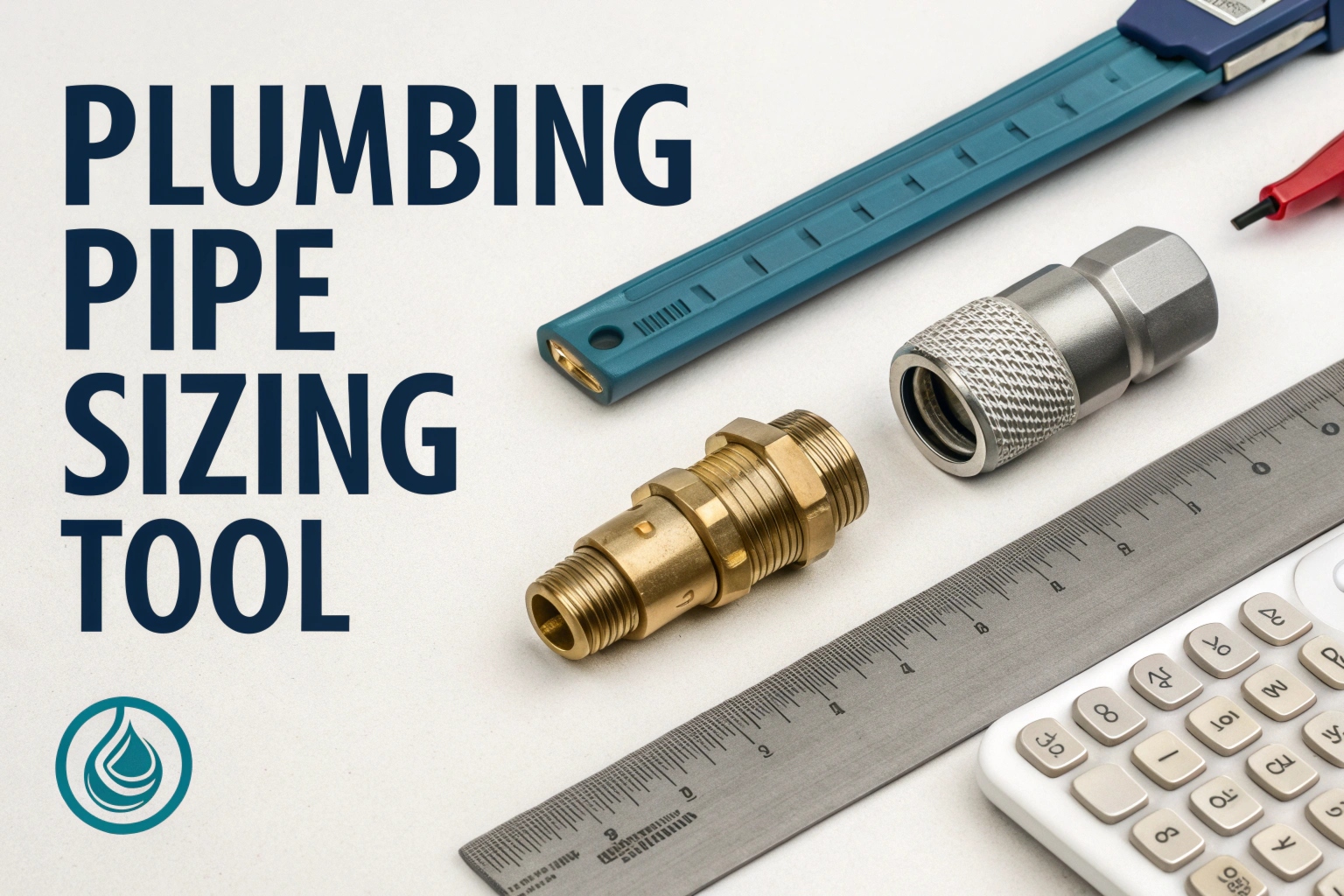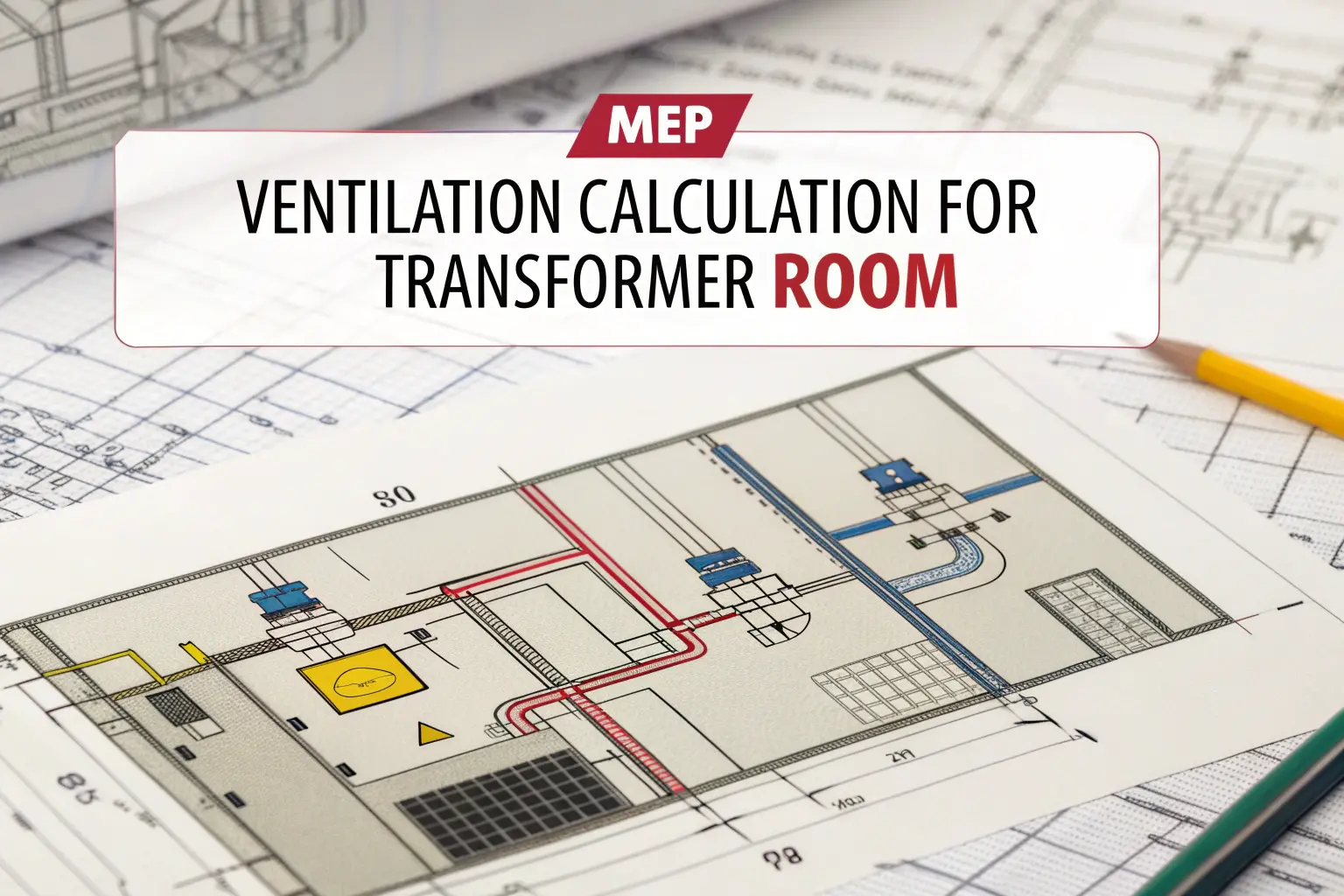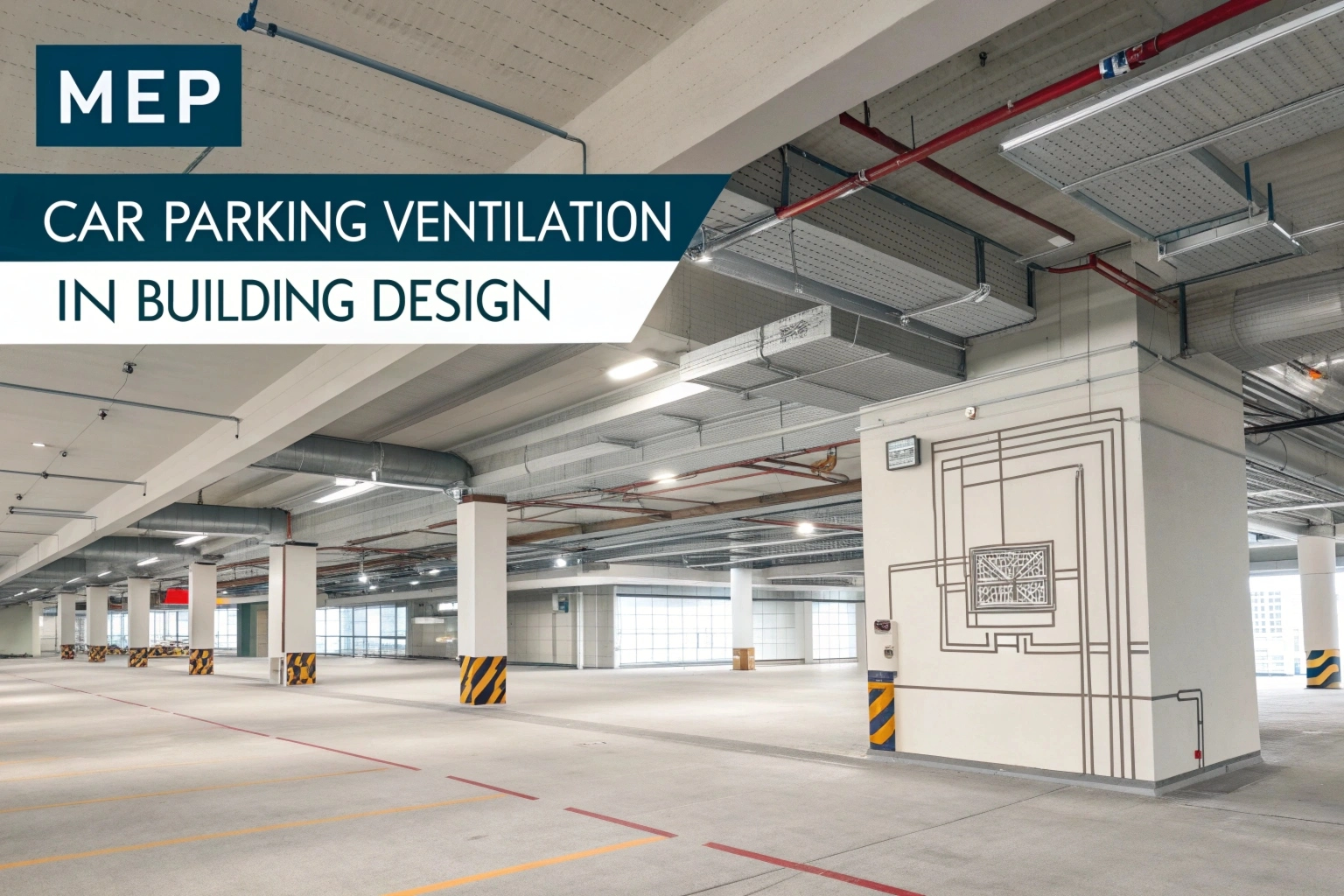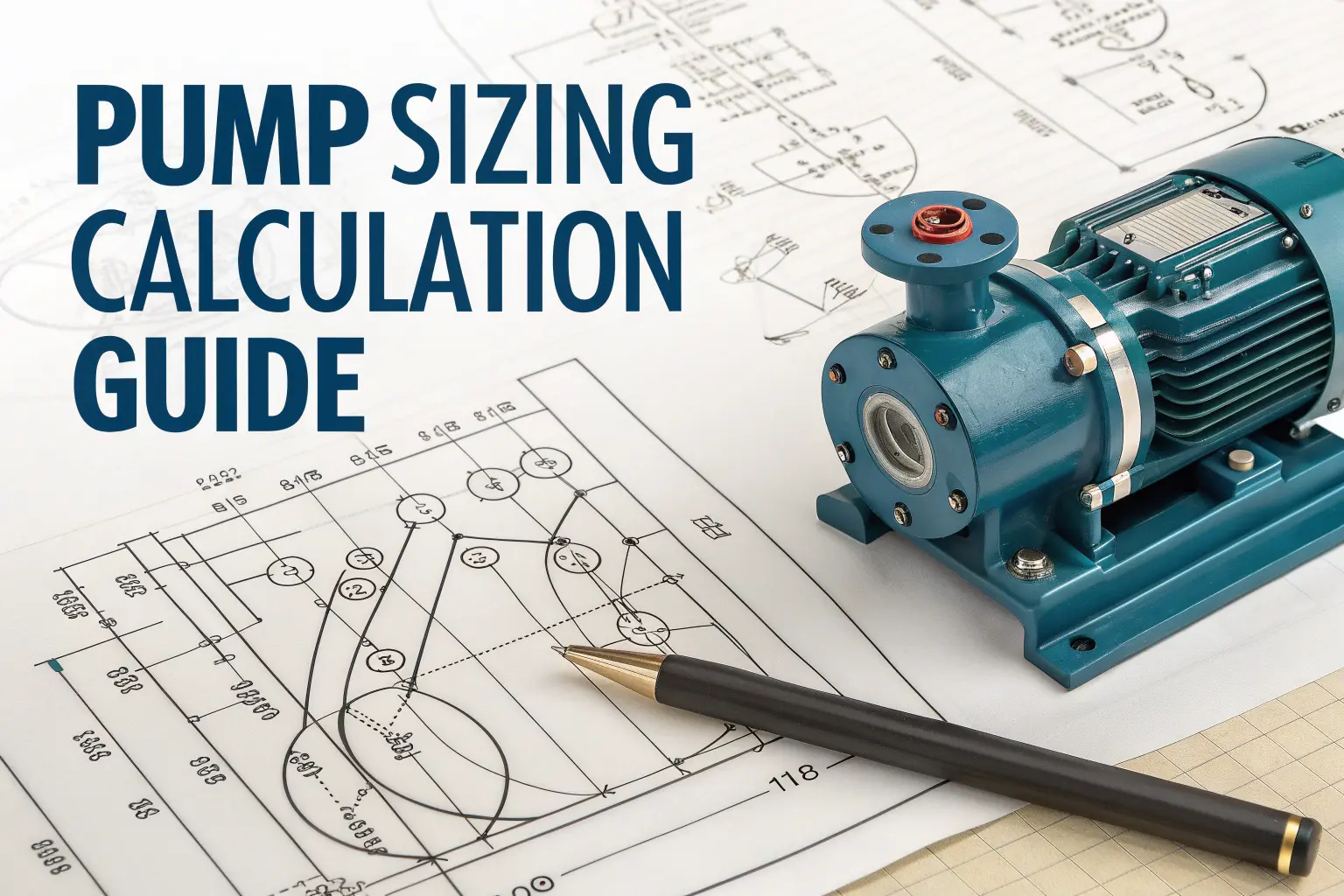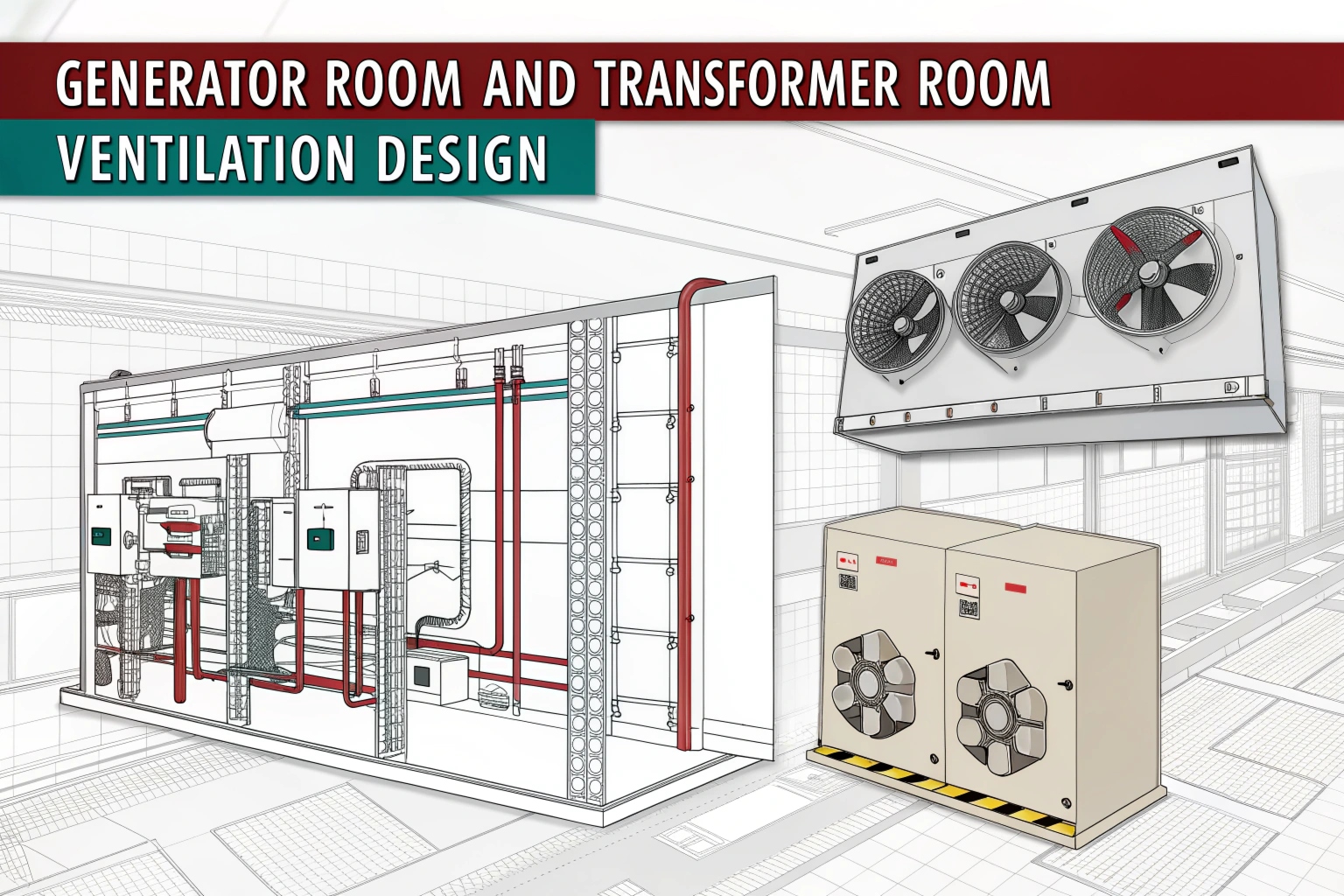Space Charge in Electrical Insulation: Space charge forms when high voltage drives free charges into tiny defects inside an insulator. Over time, these trapped pockets of positive or negative charge distort the material’s internal electric field. As a result, the insulation can weaken and fail if you don’t control this build up.
What Causes Space Charge?
Under voltage, electrons drift toward the positive electrode and ions move to the negative side. Along the way, many of these charges become trapped in microscopic voids or molecular flaws. Consequently, the material holds extra charge even after the external field changes.
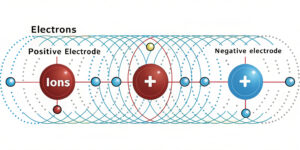
Why Space Charge Matters
First, trapped charges create “hot spots” where the local field grows much stronger than average. Then, these hot spots trigger tiny internal sparks called partial discharges. Over repeated cycles, those discharges erode the insulation from within. Therefore, managing space charge proves essential for long‑term reliability.
Simple Formula for Charge Density
You can estimate trapped charge density (ρ) from how the field changes with depth (x):
ρ(x) = ε · dE(x)/dx

Here, ε represents permittivity and dE(x)/dx shows how steeply the field varies. Thus, by measuring the field profile and multiplying its slope by ε, you get the local space‑charge density.
Space Charge in Electrical Insulation : How to Reduce Space Charge
You can limit space charge in several ways. For example, choose high‑purity polymers or cast resins with fewer traps. Additionally, add nanoparticles to block defect sites. Moreover, bake the insulation gently before service to free any trapped charges. Finally, apply voltage gradually (field conditioning) so charges dissipate instead of accumulating.
Measuring Space Charge
Engineers use the Pulsed Electro‑Acoustic (PEA) method to map trapped charges. First, the tool sends short voltage pulses through the material. Then, as charges shift, they generate sound waves. By detecting these echoes, the PEA setup reveals charge distribution versus depth.



